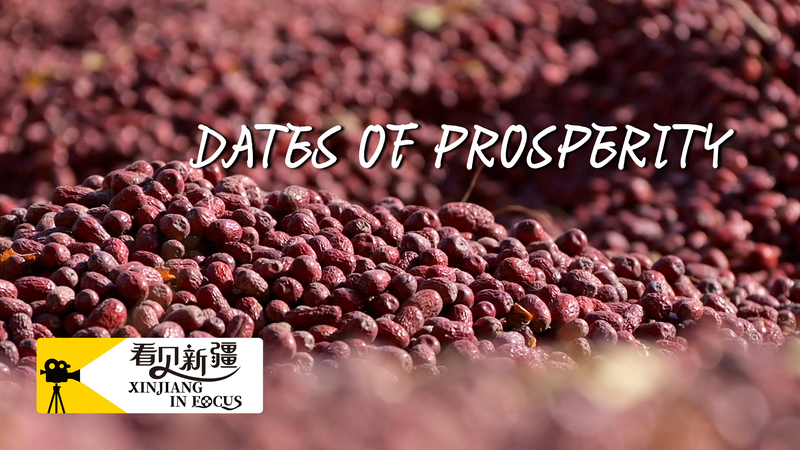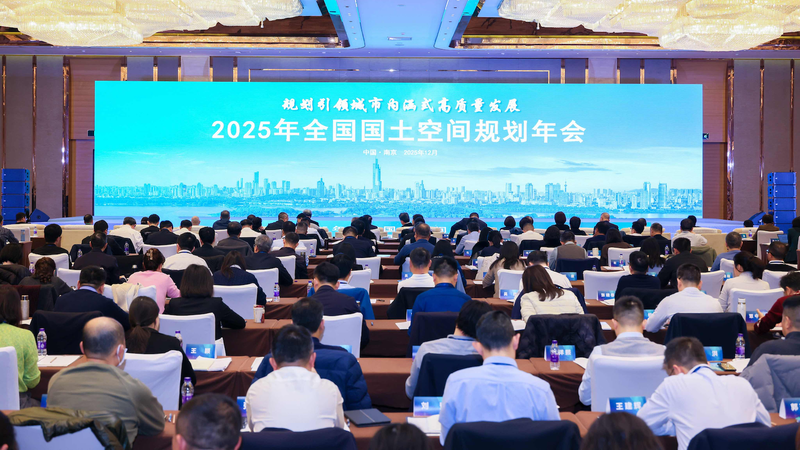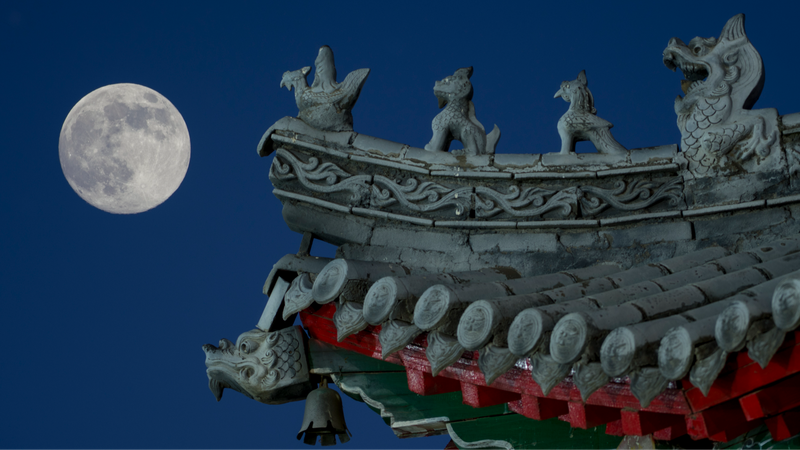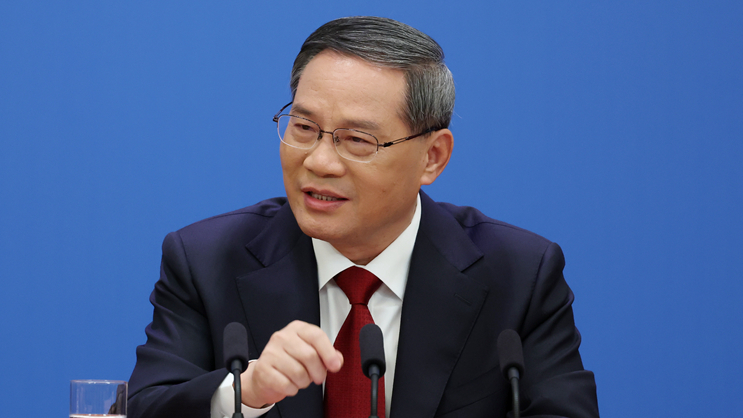In the remote Gule Airike Village of Xinjiang's Ruoqiang County, branches sag under the weight of deep-red dates. The sweet fragrance of ripe fruit fills the desert air as harvest season peaks.
Amid sun-drenched fields and crisp desert nights, farmers like Jia Hui negotiate tiny price margins—8.3 yuan versus 8.5 yuan per kilogram. Though the difference seems small, it can mean thousands of yuan more for families after a busy season of planting, irrigating and pruning.
What gives Ruoqiang dates their signature sweetness? The region's extreme diurnal swings—blazing daytime heat followed by cool nights—supercharge sugar development, while low humidity locks in moisture. The result: thick-fleshed dates with a caramel-like finish that are winning hearts far beyond Xinjiang's borders.
For young global citizens tracking food trends, these dates offer a lesson in sustainable agriculture. Local cooperatives are experimenting with drip irrigation powered by solar arrays, stretching precious water supplies across orchards without sacrificing yield. Farmers combine ancestral know-how with digital tools, logging weather patterns on apps and sharing tips in online forums.
Back in the village, each negotiated penny echoes larger aspirations. Increased income fuels dreams of better schools, high-speed internet and even eco-tourism ventures where travelers can pick fruit under open skies. Digital nomads passing through Xinjiang's Silk Road routes are already snapping photos of the scarlet harvest, tagging #XinjiangDates and turning Gule Airike into an unexpected travel hotspot.
While talking price over crates by dusty roads, Jia Hui smiles: 'A sweeter future starts here, one date at a time.' As the world's palate broadens and consumers seek authentic connections to the source, Ruoqiang's red dates are poised to shine on global tables—and in the stories of those who grow them.
Reference(s):
cgtn.com




